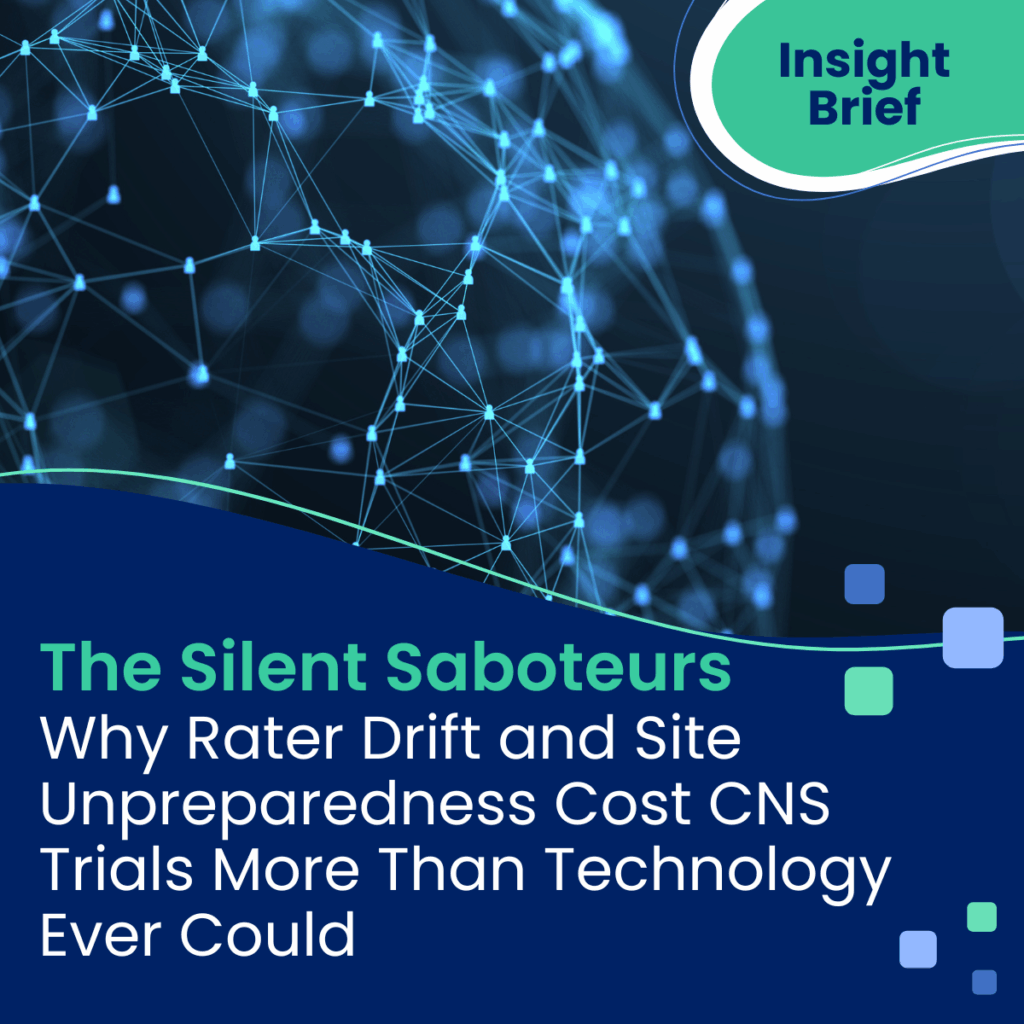Many European biotechs discover that FDA-focused PRO strategies overlook valuable reimbursement opportunities across European markets. Companies repositioning EQ-5D from “regulatory necessity” to “HTA advantage” often secure faster reimbursement approvals, while acknowledging that the same data contributes minimal value to FDA label claims.
This reality reflects the fundamental misalignment between vendor marketing and regulatory practice: EQ-5D’s value lies in European health technology assessment, not US regulatory acceptance.
The Regulatory Reality Check
Analysis of 735 FDA drug approvals found 0% included EQ-5D data in product labeling, while only 5% mentioned it in supporting documentation [Shaw et al. 2024]. Meanwhile, European Medicines Agency acceptance reached 5% for labeling support which is limited but measurably better than FDA’s complete resistance.
FDA‘s opposition to generic quality of life measures stems from fundamental concerns: generic instruments lack sensitivity to detect small therapeutic benefits and cannot distinguish treatment-specific adverse effects. Their preference for disease-specific PRO measures reflects regulatory pragmatism, not methodological bias.
Where EQ-5D Actually Succeeds
EQ-5D’s strength lies in European health technology assessment, not clinical outcome measurement:
German HTA Bodies: Analysis shows strong EQ-5D acceptance in German HTA processes, with IQWiG and G-BA demonstrating systematic usage when quality of life assessment is included [Shaw et al. 2024]. German bodies show notable acceptance for clinical outcome assessment among European regulators.
NICE Guidelines: NICE continues to recommend EQ-5D for cost-utility analysis while maintaining the 2019 position on EQ-5D-5L value sets, requiring mapping to 3L values for consistency [NICE 2019].
French HAS: Recognizes EQ-5D within their health economic evaluation methodology, though specific usage varies by therapeutic area and assessment context [HAS 2020].
Understanding EQ-5D’s Actual Structure
EQ-5D is a simple, 5-question static questionnaire. The instrument covers five dimensions: mobility, self-care, usual activities, pain/discomfort, and anxiety/depression, plus the EQ-VAS rating overall health from 0-100.
No special site training or certification is required for standard administration. The 2-3 minute completion time reflects genuine simplicity, not algorithmic optimization. This simplicity explains both EQ-5D’s broad adoption and its regulatory limitations.
When EQ-5D Doesn’t Work
Avoid EQ-5D as primary strategy when:
- FDA labeling claims are your primary objective (0% success rate)
- Disease-specific outcome measurement is regulatory requirement
- Ceiling effects are expected in your patient population
- Sensitivity to small therapeutic benefits is crucial for approval
Implementation limitations to acknowledge:
- Generic nature misses condition-specific improvements
- Statistical analysis challenges affect many studies due to missing data and ceiling effects [Pickard et al. 2007]
- No special training requirements means limited differentiation from competitor implementations
The Economic Reality
EQ-5D’s true value lies in quality-adjusted life year (QALY) calculations essential for European health technology assessment. The instrument provides standardized utility values across therapeutic areas, enabling cost-effectiveness analysis required by most European reimbursement bodies.
However, this economic value shouldn’t be confused with regulatory acceptance. Analysis shows clinical outcome assessment represents approximately 18% of EQ-5D usage in technology appraisals, with the majority focused on economic evaluation [Shaw et al. 2024].
Your Practical Implementation Plan
Immediate Assessment (This Week)
- Clarify regulatory objectives: Determine whether your primary need is FDA labeling, European regulatory support, or HTA economic modeling
- Review current PRO strategy: Assess whether disease-specific measures are already planned for regulatory endpoints
- Evaluate HTA requirements: Identify which European markets require QALY data for reimbursement decisions
Strategic Planning (Next 2-4 Weeks)
- HTA body consultation: Engage with NICE, G-BA, or relevant bodies on EQ-5D requirements for your therapeutic area
- Platform assessment: Ensure your clinical trial solutions support both EQ-5D data collection and economic analysis
- Budget allocation: Plan implementation costs focusing on health economic value rather than regulatory claims
- Timeline integration: Coordinate EQ-5D deployment with broader European market access strategy
Implementation Excellence (Following 12-22 Weeks)
- HTA-focused deployment: Prioritize data quality for economic modeling over regulatory claim support
- Country-specific optimization: Apply appropriate value sets and preference weights by market
- Economic analysis preparation: Generate QALY calculations supporting reimbursement submissions
- Realistic outcome measurement: Track HTA acceptance rates rather than regulatory approval metrics
Frequently Asked Questions
Why do vendors position EQ-5D as “regulatory accepted” if FDA acceptance is 0%?
Vendor marketing often conflates HTA acceptance with regulatory approval. While EQ-5D has established HTA positioning, particularly with NICE’s continued preference, this differs significantly from regulatory labeling acceptance. The distinction matters for setting realistic expectations and budget allocation.
Should I avoid EQ-5D entirely for US trials?
Not necessarily. EQ-5D can provide valuable health economic modeling data for US payers and HTA bodies like ICER. However, expect zero contribution to FDA labeling claims and plan disease-specific measures for regulatory endpoints.
How do I maximize EQ-5D’s value in European trials?
Focus on health economic evaluation rather than clinical outcome assessment. Ensure your platform supports QALY calculations with country-specific preference weights, and coordinate with HTA bodies early in protocol development.
What’s the most efficient EQ-5D implementation approach?
HTA-optimized implementation (12-16 weeks) provides the highest return on investment by focusing on EQ-5D’s established strengths rather than attempting to overcome its regulatory limitations.
References
[1] Shaw, J.W., et al. (2024). A Review of the Use of EQ-5D for Clinical Outcome Assessment in Health Technology Assessment, Regulatory Claims, and Published Literature. The Patient. Available at: https://pmc.ncbi.nlm.nih.gov/articles/PMC11039499/
[2] Pickard, A.S., et al. (2007). Psychometric comparison of the standard EQ-5D to a 5 level version in cancer patients. Medical Care, 45(3), 259-263. Available at: https://pubmed.ncbi.nlm.nih.gov/17304084/
[3] Sampson, C. (2022). NICE and the EQ-5D-5L: Ten Years Trouble. PharmacoEconomics – Open, 6, 5-8. Available at: https://pmc.ncbi.nlm.nih.gov/articles/PMC8807740/
[4] Ciani O, et al. (2023). The Assessment of Patient-Reported Outcomes for the Authorisation of Medicines in Europe: A Review of European Public Assessment Reports from 2017 to 2022. Pharmacoeconomics, 41(11), 1411-1426. Available at: https://pmc.ncbi.nlm.nih.gov/articles/PMC10627987/
[5] NICE. (2019). Position Statement on Use of the EQ-5D-5L Value Set for England (updated October 2019). Available at: https://www.nice.org.uk/about/what-we-do/our-programmes/nice-guidance/technology-appraisal-guidance/eq-5d-5l
[6] Haute Autorité de Santé (HAS). (2020). Choices in Methods for Economic Evaluation. Available at: https://www.has-sante.fr/jcms/r_1499422/en/methodological-guide-for-health-economic-evaluation
[7] Devlin, N., et al. (2018). Valuing health-related quality of life: An EQ-5D-5L value set for England. Health Economics, 27(1), 7-22. Available at: https://pubmed.ncbi.nlm.nih.gov/28833869/
[8] Janssen, M.F., et al. (2013). Measurement properties of the EQ-5D-5L compared to the EQ-5D-3L across eight patient groups. Quality of Life Research, 22(7), 1717-1727. Available at: https://pubmed.ncbi.nlm.nih.gov/23184421/
[9] EuroQol Research Foundation. (2023). EQ-5D-5L User Guide. Available at: https://euroqol.org/information-and-support/euroqol-instruments/eq-5d-5l/
[10] FDA. (2024). Patient-Reported Outcome Measures: Use in Medical Product Development to Support Labeling Claims. Available at: https://www.fda.gov/media/77832/download


